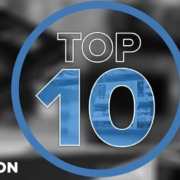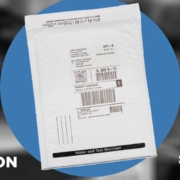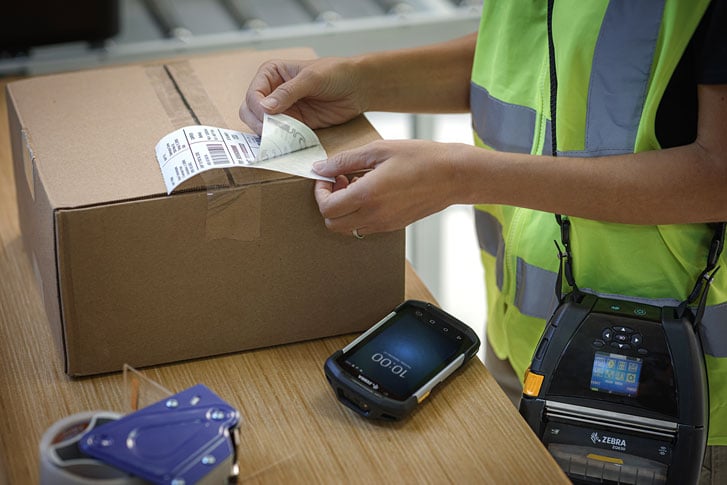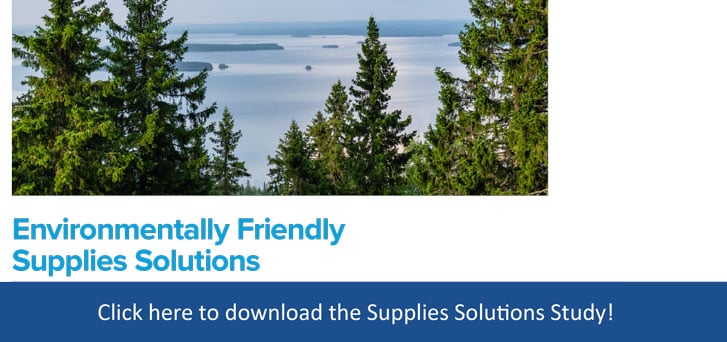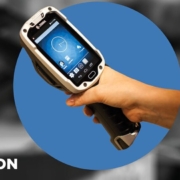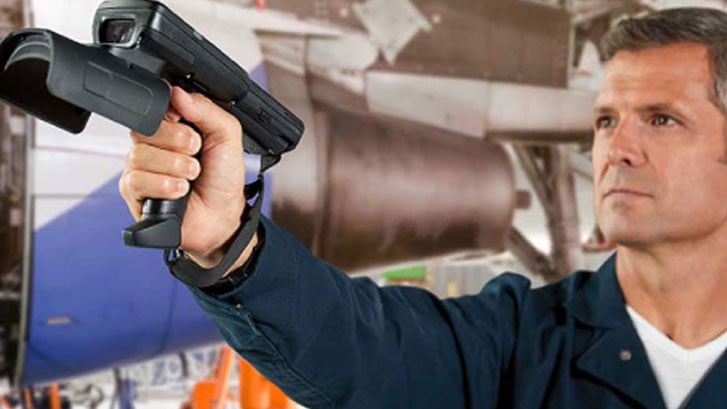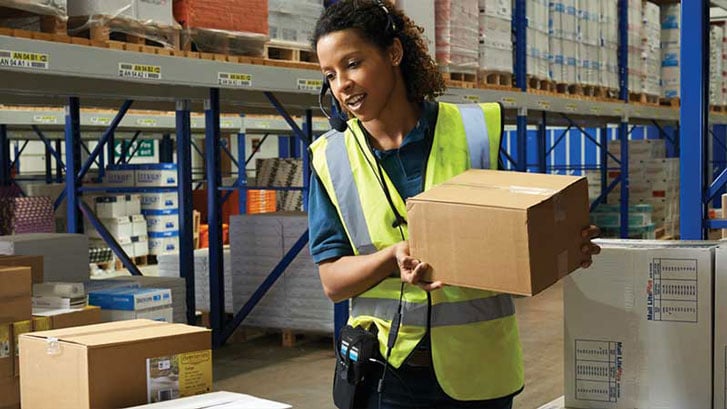Last year, when looking ahead to what 2020 would bring, technologies such as RFID tracking, Internet of Things, and Wearable Computers were cited as revolutionary initiatives to redefine the year. Now, standing at the end of a historical year, it’s pretty clear our list was too short. Facing a long string of challenges, dangers, and changes, warehouses have relied on several indispensable technologies, which will most likely continue to secure efficiency within warehouses in the years to come.
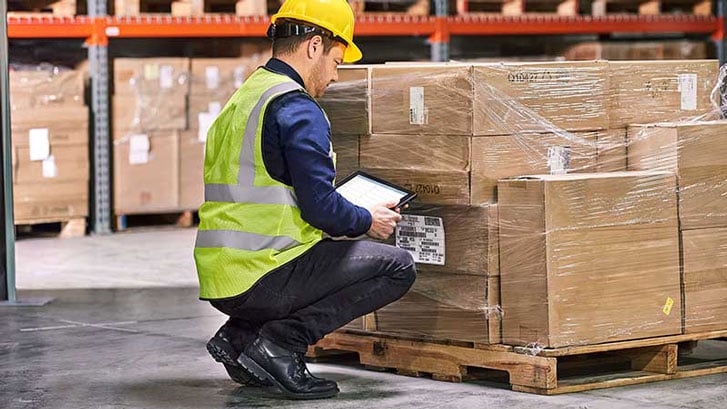
Avalon Integration have noted the following innovations as crucial warehousing advantages
While this list is by no means exhaustive, the experts at Avalon Integration have noted the following innovations as crucial warehousing advantages in 2020:
- Disinfectant-Ready Devices – Since discovering that pathogens can last from hours to days on surfaces, operations utilizing multiple screens and handhelds required rugged devices that could handle abrasion, chemical exposure, and constant wipedowns. Made for tough environments, enterprise-grade devices rose to the challenge by providing undisrupted performance in the midst of recurrent disinfection and sanitation.
- Contact Tracing – As businesses began to reopen, many of our clients sought a way to welcome back their teams without risking dangerous exposure. To minimize employee density and effectively track possible contamination, exposure awareness, and contact solutions were deployed across the nation. New contact tracing initiatives can be neatly embedded onto your handheld devices like Zebra’s Motionworks Proximity or added on your employee’s wrist like Accent’s Exposure Awareness bands. Both methods protect employees’ safety as well as their privacy, which brings us to the next point.
- Android’s Dependable Operating System – After Microsoft ended its support for Windows’ Mobile OS, warehouses needed a new operating system to safeguard their data. Android has served as the best option as it provides recurrent security patches, silent OS updates, and an open ecosystem to house current and new applications to better prepare operations for future changes.
- Vibrational Social Distancing Alerts – In addition to contact tracing, vibrational alerts have also helped in securing appropriate social distancing within operations.
- RFID Tracking – Facing a major influx of online activity, supply chains were overwhelmed with moving inventory and rising demands from the pandemic onset all the way till the holiday peak season. RFID tracking empowers teams to manage inventory levels in real-time while tracking in-motion products, assets, and resources accurately and quickly to fulfill needs with a faster turnaround time.
- Fast Long-Range Data Capture – By combining intelligent scanning with long-range data capture, manufacturers like Zebra Technologies were able to equip workers with ergonomic devices that read labels while keeping workers apart. In the retail landscape, modernized data capture can help alleviate checkout lanes by scanning products quickly and at a safe distance.
- 2-in-1 Tablets – As the term “office” gained a new meaning, 2-in-1 enterprise tablets like Zebra’s L10 tablets packed ease-of-use, operational visibility, and adaptability for on-the-go workers. Operating as either a tablet or a laptop, devices like the L10 give remote teams more flexibility without hindering data entry and connectivity.
- Handsfree Technologies – Minimizing touchpoints throughout the supply chain became a chief goal amongst warehouses. That’s when hands-free technologies such as heads-up displays, ring scanners, and even Zebra’s newest WT6300 rose to popularity as they helped workers process orders faster with less movement and wasted labor. Studies suggest nearly 70% of warehouses now plan to integrate hands-free and wearable technologies by 2023 to continue expediting tasks and meet new customer demands for speed.
- High-Speed and Long-Range WiFi – In April, over 50% of Americans cited internet connectivity as an essential tool. In warehousing, connectivity secures communication channels, diffuses crucial information, and sustains visibility solutions beyond the loading dock. Zebra’s flexible networking and WorryFree WiFi enables dependable connections to keep the essential business running.
- Push-to-Talk and Videoconferencing Features – Lastly, whether it be Zoom or any other service, videoconferencing and push-to-talk capabilities proved to be essential in keeping teams connected and supply chains running smoothly. Zebra applications such as WorkforceConnect provided wall-to-wall connectivity in both the warehouse, retail, and grocery setting, allowing your teams to work together in real-time despite any distance.
But, we can’t forget the biggest game-changers of the year. As we close in 2020, we would like to give a special thank you to all the essential and healthcare workers as the ones who truly saved this year. From our team to yours, Thank You!
With 2021 less than a few days away, we are eager to see what other devices, solutions, and innovations will continue to reshape our futures. For more information on how to implement any of these solutions into your operations, contact our modernization experts today.

